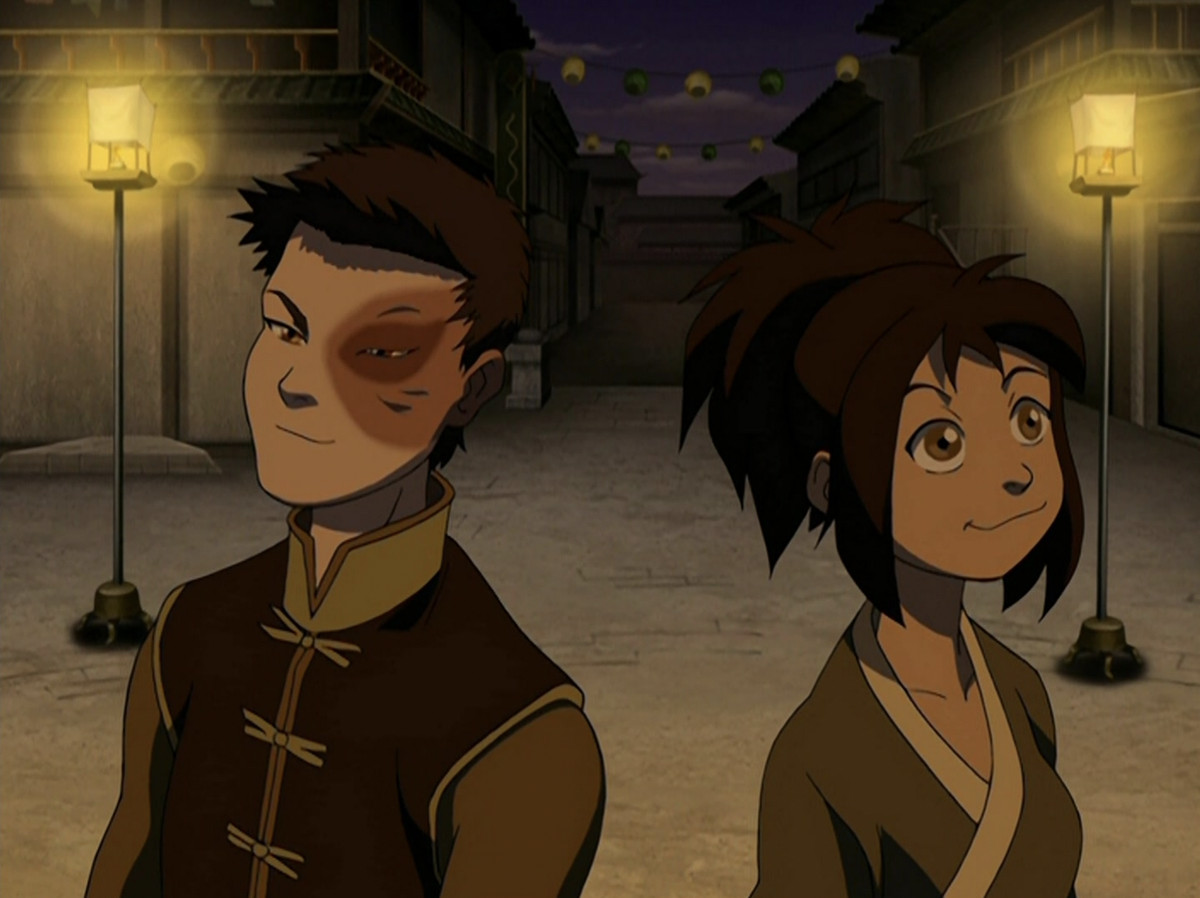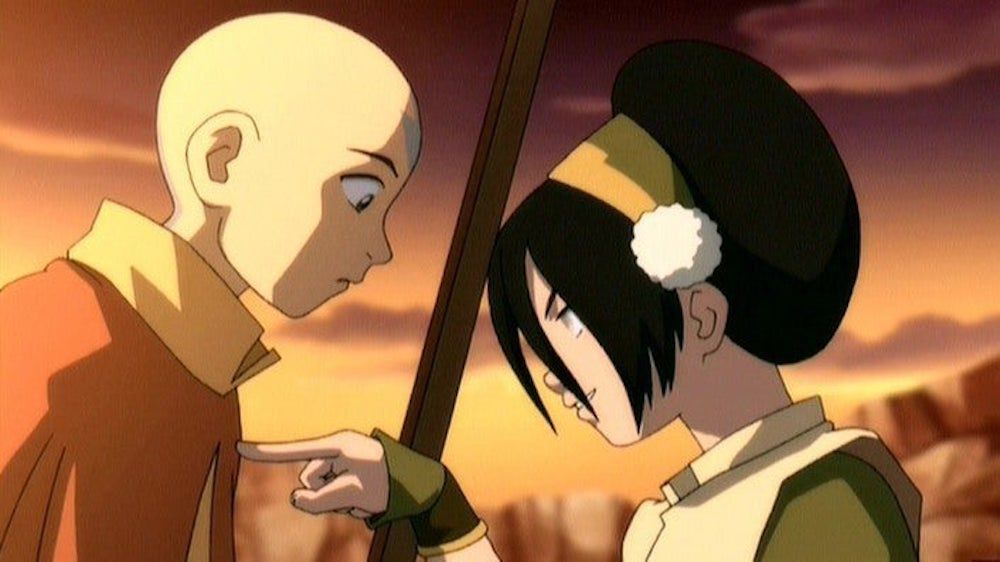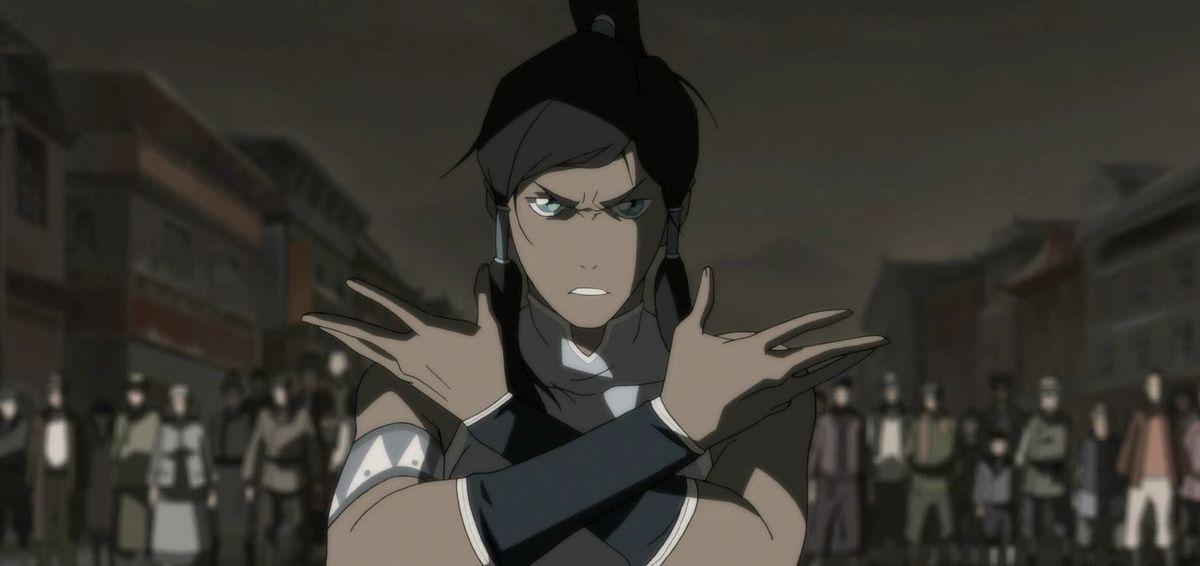Avatar: The Last Airbender confirms it: we need the filler episode
Once upon a time, the most coveted form of media for an adaptation was a live-action film. These days it’s all about the live-action television adaptation – preferably an eight-episode Drama™ featuring the source material Real serious.
Netflix is new Avatar: The last airbender is the latest modification to get this kind of treatment. Based on the terribly good animated series of the same name – which was notable for having seasons of over twenty episodes (albeit with 22-minute episodes) – the Netflix version distills all of that into eight-hour episodes. It’s dramatic and serious, and of course that means stripping the show down to its most plot-forward elements to get to its most epic moments.
Overall, television seasons – especially on Netflix – are much shorter than they used to be. Eight hour-long episodes are the norm for dramas these days. This isn’t necessarily a bad thing; there are plenty of shows designed with that specific scope in mind that end up being great. But it’s not universally a good thing. What ends up being left out are the more character-focused, less plot-relevant episodes. This goes for shows in general, which increasingly ask us to connect with characters we barely get to know in a world we know nothing about. But this is especially true for adaptations of more expansive material, like a 22-episode fantasy action cartoon or a slew of speculative fiction books.
Recently we have seen this happen with Shadow and bone And Percy Jackson and the Olympians, where the showrunners are so eager to speed up the story to get to the exciting part — only to fumble, because the tension of the dramatic moments just don’t have as much impact without the build-up. It’s the case with the disappearing filler episode, as television shows generally get shorter seasons, and they are adaptations of other source material that suffers the most.
Calling lighter, less plot-heavy episodes “filler” is a bit of a misnomer. The term was originally coined for anime adaptations of manga, when the television show reached the same point as the manga and the studio had to come up with insignificant plots to fill the time before a new installment came out. Nowadays, however, audiences tend to use the term “filler episode” to describe any episode that doesn’t feature huge, groundbreaking plot revelations.
But so-called filler episodes serve a greater purpose in the architecture of a television show; without the less dramatic, plotlite episodes to maintain the infrastructure, the dramatic points can only be reached so high. And when it comes to adaptations, choosing only the most dramatic moments of a series or book does a disservice to the entire story. Why do we care about a big showdown if we haven’t been given time to learn more about what it means for the characters in question, its larger impact on the world, and its ultimate story?

Image: Nickelodeon
Adjustments don’t have to be one-to-one. In fact, it’s often better if they aren’t. Different media have different narrative strengths. For example, a book told in the first person will not have its tone translated effectively to television, even with a voiceover, but a show does provide the opportunity to explore a new side of the story ( not to mention the sometimes omission of the narrator ends up being a plus). But in the case of Avatar: The last airbenderpart of the original’s greatest strength lay in its format of episodic stories that grew into something bigger.
One of the most instrumental parts of the original Avatar series was the pace. With 20 or more episodes per season, Avatar: The last airbender had the time to explore the world and in turn show how that informs the main characters. In the original series, we already have a good idea of who these characters are and why they mattered before we learned any larger backstories about their motivations. The big “plot-heavy” beats are also given plenty of breathing room, allowing their effects to ripple across the globe.
(Ed. remark: The rest of this post contains spoilers for the original ATLA series, The Legend of Korraand the live action ATLA.)

Image: Nickelodeon
For example, after the Siege of the North, Aang and friends try to pick up the pieces while Zuko and Iroh go on the run. Yes, a lot is happening in the meantime, but it is not happening at a rapid pace to get everyone where they need to be. In fact, there’s a lot of wandering around, a lot of back and forth to learn about these characters and how the overwhelming threat of the Fire Nation affects the rest of the world.
Avatar‘s sequel series, The Legend of Korra, is the perfect case study as to why something as grand in scope as the Avatar series needs time to breathe. At its creation, Korra is a great show that tackles complex themes, has dynamic characters, and takes over the world Avatar gave us and really delves into its consequences. Unfortunately, the shorter seasons don’t allow as much time to actually feel the impact of what’s happening.

Image: Nickelodeon
The violent anarchist Amon is defeated, but he did make some observations about the way non-benders were treated. None of this is explored with much impact, as Korra has to move on to the next tangible threat. On the surface, we know that the United Republic now has an unyielding president, but all the lingering tensions in the world are being pushed aside to deal with the evil spirits and the Water Tribe’s civil war. One of the best parts of Korra is the great cause and effect the villains have on each other, but it’s also one of the most frustrating elements because there isn’t enough time to explore the ramifications of the fallout. Korra is still a great show, but it has to expand within a limited framework Avatar not had.
The new Avatar is out of breath. Events that take place over an entire season, in individual episodes, are now packaged into individual episodes. Yes, the episodes are longer, but without enough space between each of these big moments it doesn’t quite have the same effect. It’s an opportunity for all fan favorites: Jet! June! Even Azula! – to appear on screen, but without the actual weight of exploring what their appearance means before the Gaang has to move on to the next new thing.
But the downtime between big plot points is important to remind us why these big plot points even matter. This is not something specific Avatar, just one element in creating an impressive story. If we only see of the world when it is about to be saved, then we do not understand why the world is worth saving. If we only see of the characters when they’re about to rise and become their most powerful, then we don’t know who they are when all that is taken away. If all we see of their relationships is that they are being tested, then we don’t know the depth and complexity of their strengths. The original show masterfully balanced the lighter moments with the heavier ones, creating a rich array of world-building, characterization, and plot that all coalesced into one great series. Those “filler episodes” weren’t just fluff; they were fundamental.
Avatar: The Last Airbender the live action Avatar: The last airbenderAnd The Legend of Korra are all streaming on Netflix.
